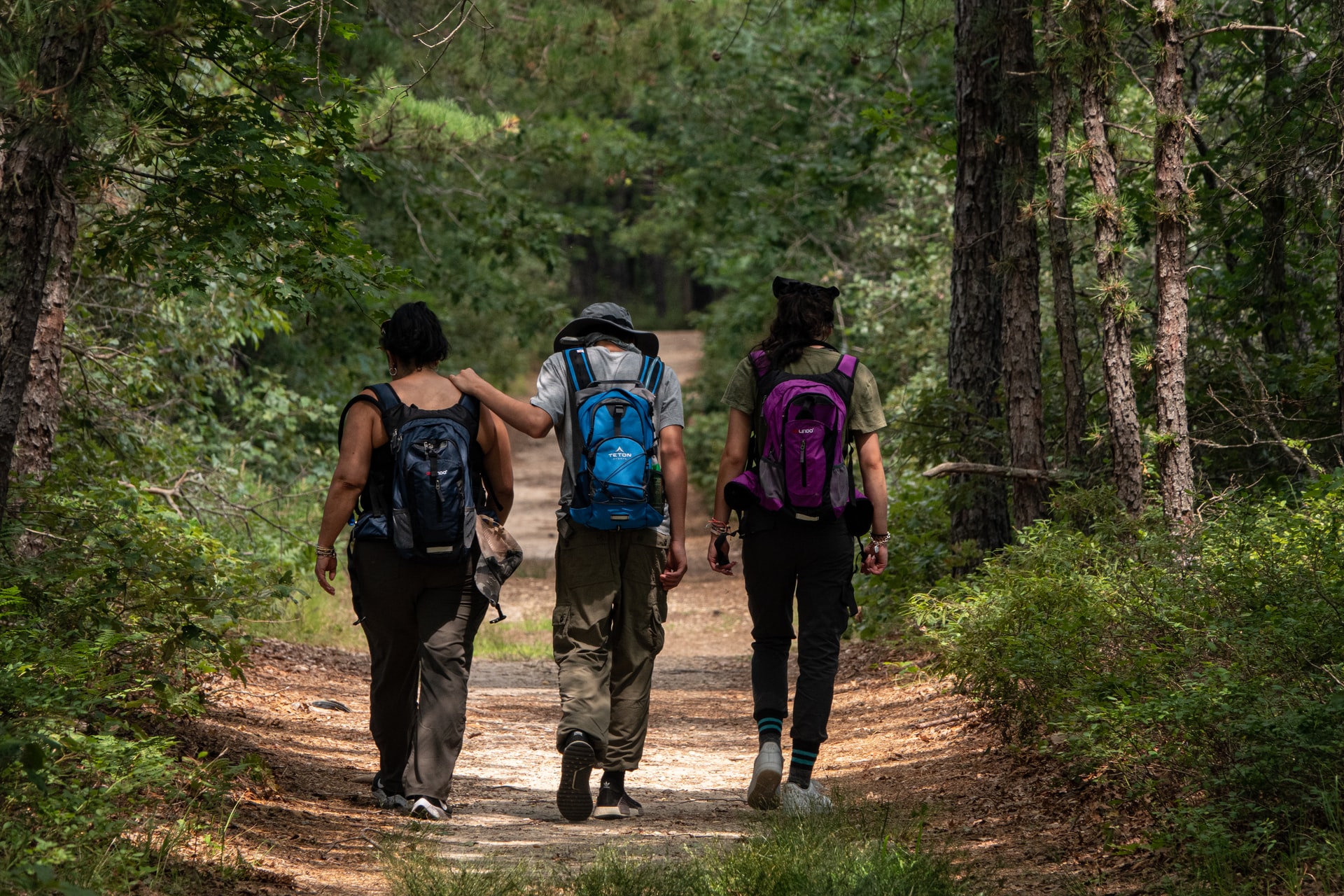
Everyone needs some preparation before they embark on a journey, particularly when you want to try something new. Preparation is key, otherwise we end up being in a problem. Why do you need to prepare? Well, imagine if you want to go on a hike and you never went on one, or you want to go on a hike but are lacking the proper physical preparation, say climbing a really tall peak, which exceeds the Alpine line. You might need some acclimatization.
You should prepare before going on a hike and here are the steps that you can take, depending on your level and the level of hike you are planning to do.
More Walking

Hiking is basically walking, but with more challenging terrain and generally, more challenges rather than simply walking on flat ground. Your muscles get more exercise, but so does your entire body. The cardiovascular system is under more stress and you typically need more endurance to go through it. Your muscles and tendons might not be up to the task. Start by walking more, by taking longer walks.
Then go on short hikes which don’t have huge elevation gain. You need to define what a hike is, depending on your level. Walking for 3 kilometers and climbing 500 meters is really easy when it comes to the distance, but the elevation gain is so steep that it can hurt. But, that climb over 10 kilometers is much easier, yet you need to do 20 kilometers of overall walking, there and back again.
Start by walking more.
Running
Running is a great workout that will make walking easier, why? Because running is harder and takes more energy to be done. You should start by jogging. Almost everyone can do 1000 meter jogs. You can literally do them in sets, to make sure that your body is acclimating to running properly.
Monitor your legs and how they feel. You don’t want to get injured because you think you can suddenly run 10 kilometers even though you literally bought your running shoes yesterday. Increase your distance gradually. Exchange some distance training with tempo and interval training when your muscles start to adapt to the overall volume and intensity of training, let’s say after two weeks.
Running and Trail Running Shoes

This is the best gear you could take on a hike, unless you’re going to be hiking over snow, in which case Gore-Tex lined running shoes would be a better choice.
Boots are fine, but not for hikes, maybe for expeditions and when you plan on spending weeks in the cold. You don’t need boots unless you are having problems keeping your balance and expect yourself to fall.
Which leads to the next point, you need to be comfortable in the shoes you are wearing. Break them in and do a couple of running sessions to see how they adapt. Try some running sessions with elevation gain and especially descents, which is where you can see if it’s a good shoe for the outdoors.
When preparing for a hike, make sure that you are physically fit and that you prepare for the weather accordingly. Have friends with you and you should notify people where you are going, in case an emergency happens. Use tracking apps for this, or a mountaineering smartwatch like a Garmin or a Coros.